Welcome to Pangolins: the complete guide! Many questions surround Pangolins, which are distinct from armadillos. What exactly is a Pangolin? Why is it the World’s most trafficked mammal? Or even how you can protect Pangolins?
You’re in the perfect place. We’ll look at all the ins and outs of these little scaly creatures’ lives, where we can see them in the wild, and what we can do to protect and save them.
Learn more about the reasons to visit Africa in our other blogs.
These fascinating and highly endangered animals are nothing but fun. Mostly, you’ll find Pangolins in Sub-Saharan Africa and Tropical Asia nibbling on insects.
Sadly, you may also come across these animals in Wet Markets in Asia – predominantly China and Vietnam- where they are taken from the wild and sold as they are considered a delicacy and medicinal in some cultures.
Key points
| Heading | Summary |
|---|---|
| Introduction | Pangolins are fascinating and endangered animals found in Sub-Saharan Africa and Asia. |
| Pangolin Trafficking | Pangolins are the world’s most trafficked mammal due to their use in traditional medicine. |
| Where to Find Pangolins | Pangolins are found in Asia and Africa, with different species in each region. |
| Fun Facts about Pangolins | Pangolins have unique characteristics, such as scales, poor vision, and long sticky tongues. |
| Pangolin Diet | Pangolins primarily eat ants and termites, contributing to pest control in their ecosystem. |
| Characteristics and Behavior | Pangolins are solitary, nocturnal animals with adapted digging abilities and self-defense. |
| Reproduction and Lifespan | Pangolins reach maturity at two years, give birth to a single offspring, and live up to 20 years. |
| Pangolins and Coronavirus | Pangolins have been linked to the initial outbreak of the COVID-19 virus in China. |
| Pangolin Men | The “Pangolin Men” in Zimbabwe protect and rehabilitate rescued pangolins. |
| How to Help Pangolins | Promote public awareness, use detection dogs, and engage with communities to protect pangolins. |
Where can one find pangolins?
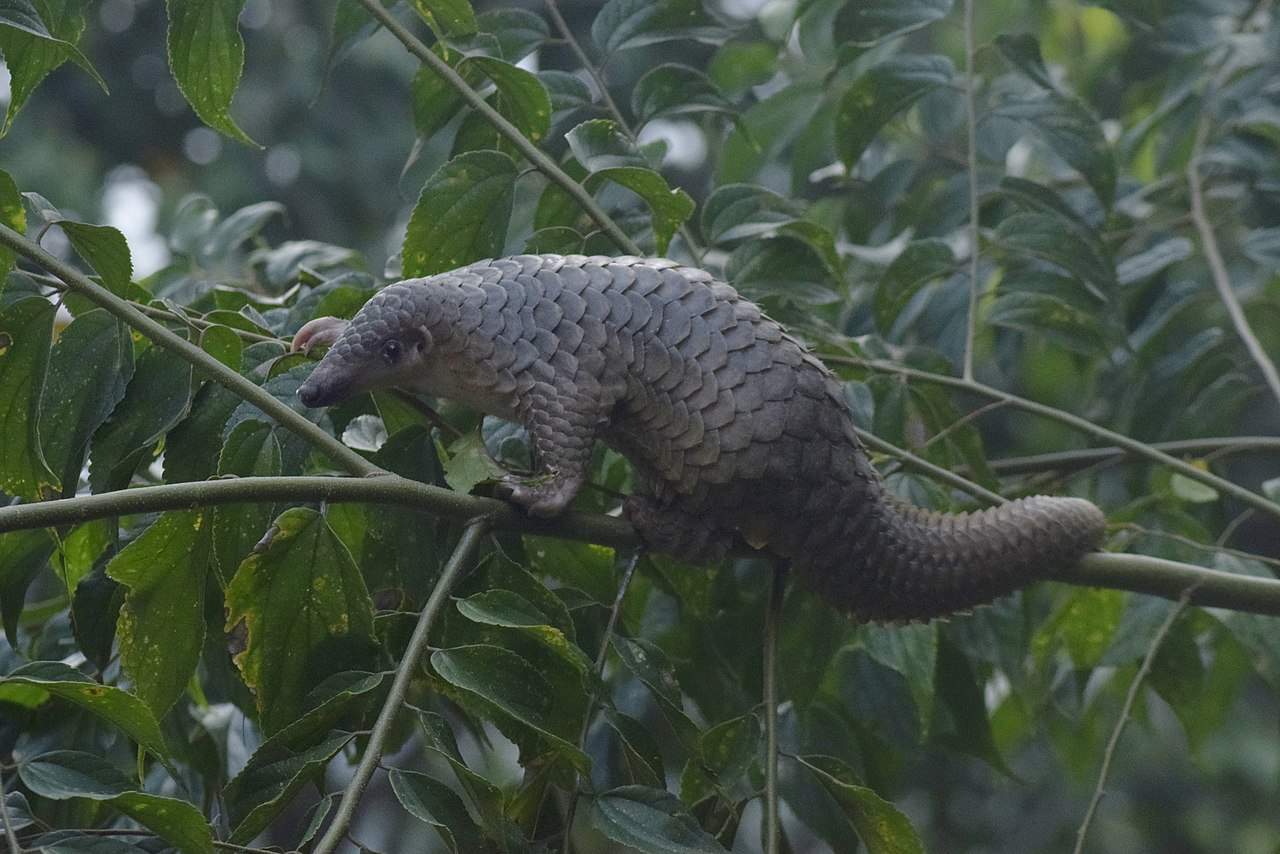
There are eight known species of Pangolins situated in Asia and Africa. However, finding Pangolins can be tricky due to their lessening population, despite their presence all around the globe. All of them are unique in coloration, size, and terrain habitats. However, all eight species share many characteristics, requiring the support t of anti-poaching regimes. Many more species are facing endangerment trials, and you can read more about these animals in our other blogs.
The four types of Pangolins found in Asia are:
- The Chinese Pangolin
- The Sunda Pangolin
- The Indian Pangolin
- The Philippine Pangolin
All Asian Pangolins are listed as critically endangered by the IUCN (International Union for Conservation of Nature).
The four African species include:
- The Ground Pangolin
- The Giant Pangolin
- The White-bellied Pangolin
- The Black-bellied Pangolin
These African creatures are all sadly listed as vulnerable by the IUCN.
8 Fun Facts for the 8 Species of Pangolin
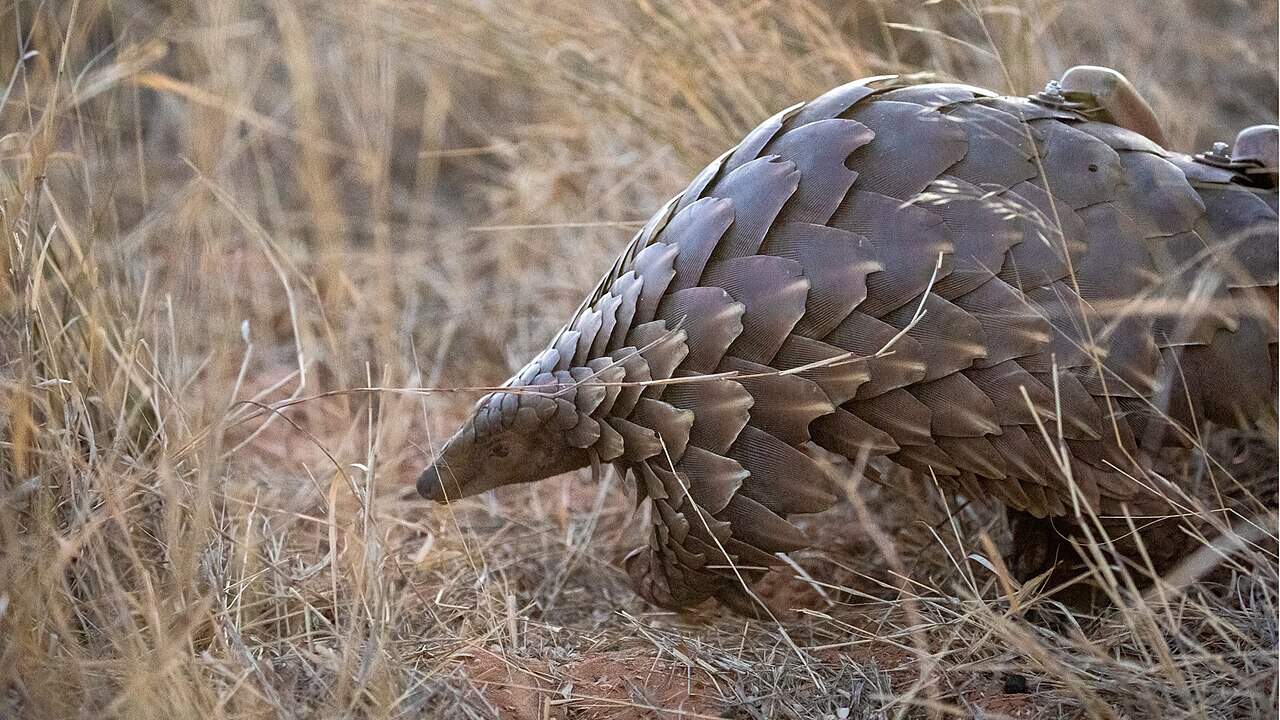
- Pangolin babies ride on their mother’s back by hanging onto her scales tightly.
- Pangolins are not related to anteaters, sloths or armadillos as one might expect, in fact they are more closely related to carnivores.
- Pangolins are the only mammals with scales, making up about 20% of their bodyweight.
- They have very poor vision and hearing, but an excellent sense of smell
- Pangolins are bipedal, walking on their hind legs with the front limbs and tail held off the ground and used as a counter-balance.
- World Pangolin day is on 15 February every year, which is used to promote more awareness for these animals
- They do not have teeth and are unable to chew. Instead, they have long sticky tongues that they use to catch the insects they feed on.
- When Pangolins are afraid they curl up into a very tight little ball to protect themselves.
What do Pangolins Eat?
Pangolins mostly munch on ants and termites, occasionally adding bee larvae, flies, worms, and crickets to their menu. Their picky eating habits make them tough to care for in captivity—they can get sick if given unfamiliar food. In the wild, their sharp sense of smell helps them find insect homes. They use their claws to scoop out ants and termites from mounds and logs, then slurp them up with their super long, sticky tongues.
These insect-loving creatures play a big part in their ecosystem by controlling pests. It’s crazy—just one adult pangolin can gobble up more than 70 million insects every year! They’ve got special tricks too, like muscles that seal their nostrils and ears to keep bugs from bothering them. Plus, their mouths have muscles that stop ants and termites from making a sneaky escape after being caught.
Characteristics and Behaviour
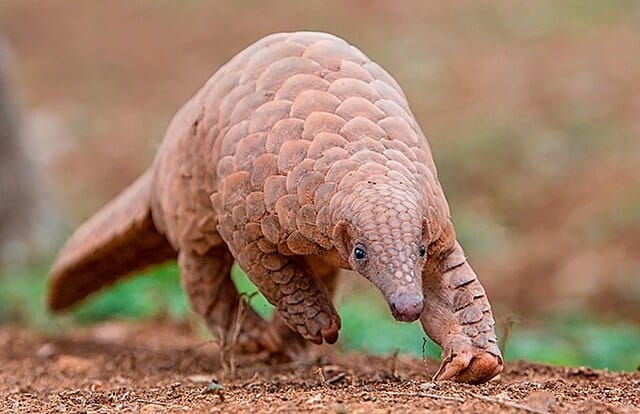
| Characteristics | Behavior |
|---|---|
| Solitary animals | Pangolins really take the “me time” thing seriously—they’re pretty much lone wolves in the animal kingdom. Their preference for flying solo makes it a real challenge for scientists itching to understand more about them. These elusive little creatures have managed to keep a lot of their habits and behaviors under wraps, leaving experts with more questions than answers. |
| Nocturnal | Pangolins are true night owls—when everyone else is catching some shut-eye, they’re gearing up for their nocturnal adventures. Under the cover of darkness, pangolins step into action, seeking out their favorite delicacies: insects. |
| Sleep patterns | Different pangolin species have their own sleeping preferences: some, like the Chinese pangolin, bunk down in underground burrows during the day, while others, such as the black-bellied and Sunda pangolins, prefer catching some shut-eye in trees. But when the sun sets, that’s when these creatures get out and about to hunt for insects. |
| Digging and burrowing | These critters are basically pros at digging. With their strong front legs and claws, they carve out burrows, using their tails and back legs to stay steady. They make tunnels by shoving up and side to side with their tough, scaly bodies. Plus, they’re tidy workers—using their feet to push dirt out of the entrance, sometimes tossing it up a meter or more away. |
| Winter burrows | In colder regions, Chinese pangolins have a genius strategy for winter—they hunker down in deep burrows. And they’re not just any burrows; these are carefully chosen spots close to termite nests. Smart move, right? It’s like having a buffet right next door, ensuring they’ve got a steady food supply throughout the chilly months. |
| Climbing abilities | Different pangolin species exhibit varied climbing abilities. White-bellied pangolins are arboreal climbers, adept at climbing trees. Ground pangolins, on the other hand, are terrestrial and prefer dwelling on the ground. Some pangolins, including all four Asian species, are opportunistic foragers and can be found both on trees and on the ground. |
| Defensive mechanisms | Pangolins have scales all over their bodies, which serve as a form of defense against predators. When threatened, they swiftly coil themselves into a protective ball, safeguarding their vulnerable underbellies. |
Pangolins in temperate areas spend the winter months in deep burrows they create. In these colder regions, Chinese pangolins have a genius strategy for winter—they hunker down in deep burrows. And they’re not just any burrows; these are carefully chosen spots close to termite nests. Smart move, right? It’s like having a buffet right next door, ensuring they’ve got a steady food supply throughout the chilly months.
There’s this cool folklore twist to the Chinese legend about pangolins—they’re believed to be world travelers, but not in the usual way. According to the story, they journey all across the globe, not above ground, but beneath it. That’s where the Cantonese name for them comes from—translated, it means “the animal that digs through the mountain” or “scaly hill-borer.” It’s like they’ve got this secret underground passport to explore the world!
Pangolins might seem alike, but they’ve got their own quirks and preferences. Check this out: white-bellied pangolins? They’re all about the tree life, climbing up high and owning the branches. Meanwhile, ground pangolins prefer keeping it real down on the earth—they’re like the homebodies of the pangolin crew.
But here’s where it gets interesting. There are these super versatile pangolins, especially the four Asian species—they’re the opportunists of the group. They’re cool with both worlds, foraging in trees and on the ground. They’re like the jack-of-all-trades, adapting to whatever the situation calls for.
Now, the Indian pangolins in Sri Lanka? They’re a bit out of the ordinary. Instead of hanging out in the dark, limited-ground-level spots, they’ve found their paradise up in the rainforest canopy. It’s like they’ve set up camp in the treetops where the fruits, flowers, and ants they love are all in one spot.
And get this—some pangolins have tails that are semi-prehensile. Fancy term, but it just means they can grab and hang onto branches with their tails. It’s like having an extra hand (well, technically, an extra tail) to help them navigate their way around the treetops. These guys are the true acrobats of the pangolin world!
Pangolins have scales all over their bodies that provide good defence against predators. In times of danger, pangolins exhibit a remarkable defensive maneuver—they swiftly coil themselves into a protective ball, safeguarding their vulnerable underbellies. This skill is complemented by their ability to emit hissing sounds, puff up their bodies, and employ their sharp-edged tails adeptly to deter potential predators.
Beyond these defensive tactics, pangolins display a remarkable olfactory reliance in demarcating their territories. They employ scent-marking techniques akin to graffiti artists, utilizing secretions from a specialized gland, urine, and even the dispersal of fecal matter. While this behavior serves territorial purposes, researchers suggest that these olfactory cues may also convey hierarchical status and facilitate mating rituals among individuals.
Such olfactory cues likely serve a multifaceted role, potentially acting as a form of pangolin communication, conveying social status, and aiding in familiarization within their immediate environment—a unique form of communication facilitated by scent.
Reproduction and Lifespan
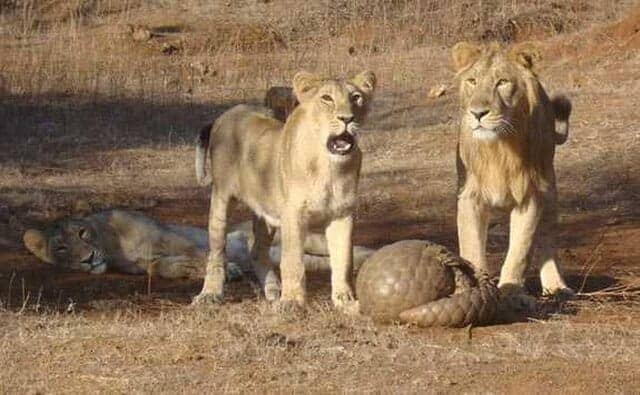
Male and female pangolins show a weight difference, with males generally being 10-50 percent heavier than females across most species. These critters hit the grown-up stage at about two years old, and when it comes to their offspring, most pangolins give birth to a single baby, though some Asian species have been known to have two or three young at once.
When these little ones come into the world, they’re about six inches long and weigh around 12 ounces. Their scales start off soft and pale but toughen up within a day or so. Pangolin moms are top-notch caregivers—they take care of their babies in cozy nesting burrows. And when it’s nap time or if there’s a threat, the mom will wrap protectively around her little one.
Babies nurse for a good three to four months, but guess what? They’re already chowing down on termites and ants by the time they hit just one month old. Talk about starting early! And to make life easier, these tiny pangolins hitch a ride on their mom’s tail while she’s out on the hunt for insects.
As for their lifespan, it’s a mystery how long these pangolins kick it in the wild. But in captivity, some have reportedly hung in there for up to twenty years.
Pangolins connection to the CoronaVirus
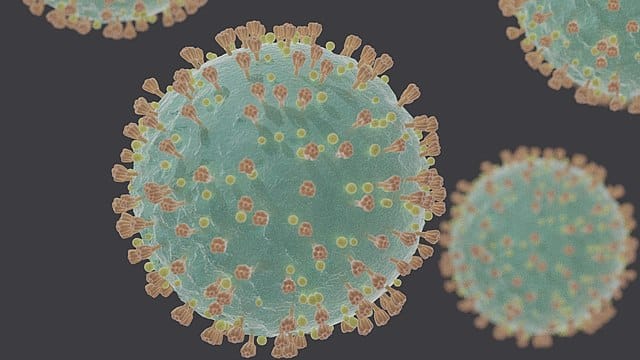
Pangolins are among the world’s most heavily trafficked animals and are currently endangered due to illegal wildlife trade. Recent developments have linked them to the initial outbreak of the Covid-19 virus in China. While the evidence remains inconclusive, these connections have prompted the Chinese government to take steps in banning aspects of wildlife trade. Although more comprehensive actions are needed, these initial measures represent a positive shift that could have a significant impact on pangolin conservation. The Covid-19 pandemic has the potential to serve as a turning point in their protection.
Researchers from the South China Agriculture University have indicated that pangolins may be connected to the current Covid-19 coronavirus. They have identified a virus in pangolins that shares a 99% genetic similarity with the coronavirus affecting humans today. This suggests that pangolins might have acted as an intermediate host between bats and humans. However, it’s important to note that the research supporting these claims has not yet been published in scientific literature, making it challenging to assess their validity. Nevertheless, curbing the illegal trade in pangolins is crucial for reducing health risks associated with consuming wildlife and making progress in pangolin conservation.
Paul Thomson, a conservation biologist co-founder of the nonprofit organization ‘Save Pangolins,’ emphasizes that one key lesson from the global crisis is the urgent need to strictly prohibit the sale and consumption of pangolins in live animal markets to prevent future pandemics.
The most trafficked mammal in the world
The IUCN estimates that a Pangolin is taken from the wild every 5 minutes, with numbers soaring over 200 000 annually, and over one million Pangolins poached and traded in the past decade. This staggering statistic makes one question what the motivation for this is and how the demand for these little animals has become so high?
The source of this large-scale trafficking is driven by many different cultural beliefs that Pangolin scales have magical and curative properties. In some Cultures it is believed that when Pangolin scales and/or meat is mixed with bark from certain trees, the scales are thought to neutralize witchcraft and evil spirits.
Another ‘benefit’ stems from the belief that if buried near a man’s door they give an interested woman power over him.
Certain cultures hold unscientific beliefs about pangolins, attributing mystical properties to their scales and meat. These beliefs include claims that pangolin scales can benefit cattle health, deter lions, and cure ailments like nosebleeds. Pangolin meat is also believed to possess medicinal properties for conditions like asthma and malnourished kidneys. Some ancient cultures even associate pangolin sightings with impending droughts or famines, leading to their immediate killing.
It’s essential to note that these beliefs lack any scientific foundation and are centuries-old, often considered outdated. Pangolin scales consist solely of keratin, the same substance found in human hair and nails. These cultural beliefs pose a significant threat to pangolins, contributing to their potential extinction unless substantial changes occur.
Pangolin Men
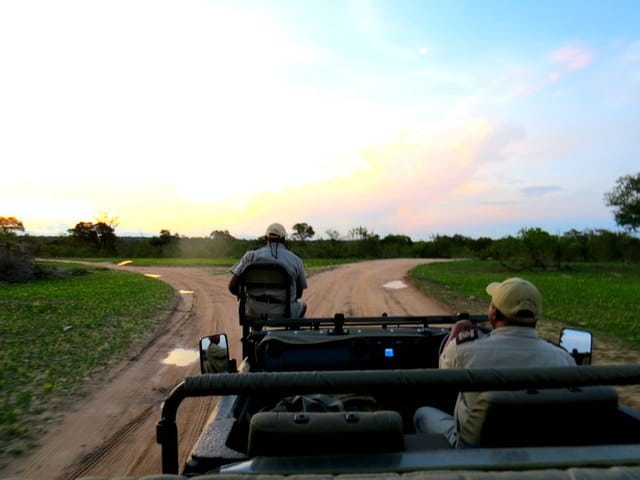
The Tikki Hywood Foundation, based in Zimbabwe, is home to an incredible group of individuals dedicated to safeguarding and rehabilitating rescued pangolins, aptly known as the ‘Pangolin Men.’ These Pangolin Men have gained global recognition for their efforts in raising awareness about these remarkable creatures through photography and nurturing them with a profound sense of care, often describing their connection as akin to that of a parent and child.
Each pangolin holds a unique and mysterious character, and with every new arrival, these dedicated caregivers continue to unravel the enigma of this species. Fortunately, pangolins are now gaining worldwide attention, and an increasing number of people are becoming aware of the pangolin’s plight and the imminent threat of extinction they face unless immediate action is taken.
What can I do to help Pangolins?
In essence, the main change in, Pangolin trade will likely be seen at the source of the demand for these animals with a cultural belief shift of focus, however in the meantime, it is essential to keep the following in mind:
Jackie Chan: ‘When the buying stops, the killing stops’ campaign
- Promote public awareness:
This is deemed the most important way to help change the course of these little creatures’ fate. The African Wildlife Foundation (AWF), along with partner organizations continuously create public awareness campaigns, like the “When the Buying Stops, the Killing Can Too” campaign. Ambassadors behind this campaign include celebrities like Jackie Chan, Yao Ming, and Richard Branson. The purpose is to educate consumers of wildlife products about the damage being done to wildlife populations and the lack of any medicinal or magical properties in pangolin scales. - Deploy detection dogs.
Through the AWF ‘Canines for Conservation’ program, work with wildlife authorities to train and deploy sniffer dog teams to key airports, seaports, and other wildlife trafficking hubs. Dog-and-handler teams have intercepted pangolin scales across the continent on multiple occasions. This can save Pangolins lives however sometimes too late, as the animals don’t always survive long trips packed up by poachers. - Engage communities
AWF works with communities living near these vulnerable mammals and other wildlife to provide them with tools and incentives for sustainable agriculture that allow them to move away from hunting threatened wildlife for food. Engagement with cultural re-education is a sensitive process, yet effective way to save the animals. Should there be a cultural shift of focus in the basis of the beliefs of Pangolins being ‘curative’, protecting Pangolins can be made easier.
Summary on Pangolins: The complete Guide
All in all, we explore how important it is to stand up for these little creatures against poaching and illegal wildlife trade. Their role in the ecosystem is essential and their lives deserve to be protected.
Should you be interested in seeing Pangolins in real life or getting involved in helping Protecting pangolins, have a look at the sights below for more info on how to do so. If you are interested in learning more about safaris in general, take a look at our Top 10 Safari Parks in Africa article!
Frequently Asked Questions(FAQ)
Q: What is a pangolin?
A: Pangolins are unique mammals found in Africa and Asia. They are known for their distinctive scales, long snouts, and sticky tongues.
Q: Why are pangolins important?
A: Pangolins play a vital role in ecosystems as insectivores, helping to control insect populations. They also serve as indicators of ecosystem health and contribute to seed dispersal.
Q: Are pangolins endangered?
A: Yes, pangolins are highly endangered. All eight species of pangolins are listed on the IUCN Red List as either critically endangered or endangered due to illegal wildlife trade and habitat loss.
Q: Why are pangolins poached?
A: Pangolins are poached for their scales and meat, which are highly valued in traditional medicine and for their supposed aphrodisiac properties. They are also sought after as a luxury food item.
Q: How many species of pangolins are there?
A: There are eight known species of pangolins, divided into two groups: four Asian species (Chinese pangolin, Sunda pangolin, Indian pangolin, Philippine pangolin) and four African species (Giant pangolin, Ground pangolin, Black-bellied pangolin, White-bellied pangolin).
Q: Can pangolins be kept as pets?
A: No, pangolins are wild animals and should not be kept as pets, but interestingly they are more closely related to dogs than their comparative counterpart, the armadillo! They require specialized care, a specific diet, and a suitable habitat that is nearly impossible to replicate in a home environment.
Q: How big do pangolins get?
A: The size of pangolins varies among species, but they generally range from about 30 to 100 centimeters (12 to 39 inches) in length, excluding the tail. The largest species, the Giant pangolin, can reach up to 1.8 meters (6 feet) in length.
Q: Where do pangolins live?
A: Pangolins are found in various habitats, including forests, grasslands, and savannas. Their specific range depends on the species, with African pangolins primarily found in sub-Saharan Africa and Asian pangolins in Southeast Asia.
Q: Can pangolins roll into a ball?
A: Yes, pangolins have a unique defense mechanism where they can roll into a tight ball by curling up their bodies and protecting their vulnerable underside with their overlapping scales.
Q: How long do pangolins live?
A: Pangolins have relatively long lifespans for small mammals, with some individuals living up to 20 years in the wild. However, due to the threats they face, many pangolins do not reach their full lifespan in the wild.
Join our Forum for free today!

- Third Elk Incident in Two Weeks in Estes Park, Colorado and How to Stay Safe - July 4, 2024
- 17 Animals That Mate For Life - June 24, 2024
- 13 Animals That Lay Eggs (Some Might Surprise You!) - June 16, 2024

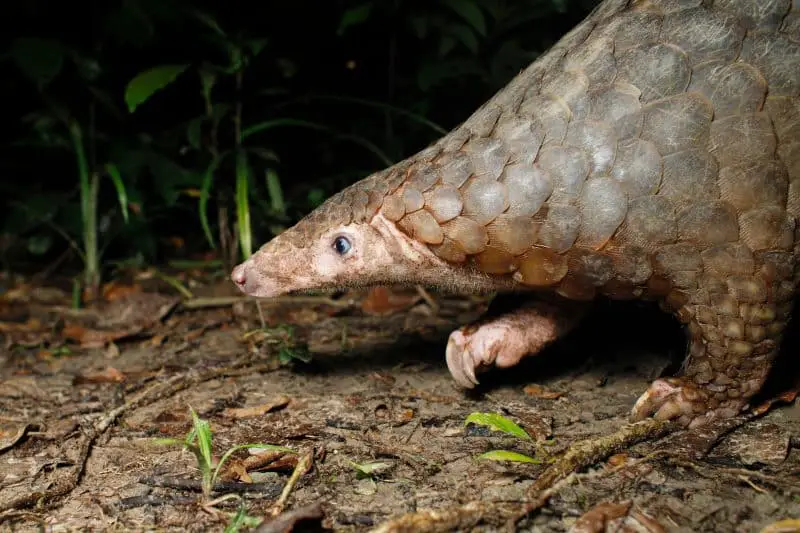


Oliver
Friday 17th of July 2020
I was, like many people, unaware of the plight of the Pangolins. Thanks for raising awareness with this well researched article. It would be incredibly sad if these creatures were to become extinct.
Amanda Irving
Saturday 11th of July 2020
I volunteer for the African Pangolin Working Group an NGO and South Africa's only govt recognized organization mandated to work with these wonderful little animals. Spreading the word about their plight and financially assisting credible organizations is so important if we are going to win the war against poaching. Well done on the article. If anyone is interested in our work follow us on Facebook and Instagram @africanpangolinconservation
John Gorman
Thursday 9th of July 2020
Well done! It's so sad that the world's most trafficked animal is one that most people haven't even heard of. Just goes to show how disconnected man has become from this planet. When will we learn that "extinction" is forever?
LeeAnne
Thursday 9th of July 2020
Wow, thank you, a very informative read! I have learnt so much about this unique creature! Who knew this little creature led such an interesting life and was so much in demand!
Oliver Finley
Thursday 9th of July 2020
Very insightful read! Such awesome animals